 (Click HERE for photos) At the very start of the opening plenary session of Agudath Israel of America’s 85th National Convention, addressing this year’s convention theme “American Jewry at Cliff’s Edge: Our Role in Bringing Jews Back to Torah,” the focus was on Torah – or, more accurately, a Torah, the one whose first letters were inked onto parchment before the capacity crowd that night.
(Click HERE for photos) At the very start of the opening plenary session of Agudath Israel of America’s 85th National Convention, addressing this year’s convention theme “American Jewry at Cliff’s Edge: Our Role in Bringing Jews Back to Torah,” the focus was on Torah – or, more accurately, a Torah, the one whose first letters were inked onto parchment before the capacity crowd that night.
It was the aleph-point (well, more accurately, beis) of a Sefer Torah being dedicated to the memory of the legendary Agudath Israel leader Rabbi Moshe Sherer, zt”l. Large video screens in the convention center of the Westin Hotel in Stamford, Connecticut showed the image of the sofer’s hand guiding that of Mr. Moshe Marx in beginning the ksiva. The stirring voice of Reb Abish Brodt provided a fitting musical backdrop to the emotional moment, as he sang a moving melody for the words Kisvu lochem es haShira hazos…”
Preceding the writing of the “beis” of “Braishis,” a kapitel Tehillim was recited by the gathering, as has become customary at the openings of Agudath Israel plenary sessions, in the merit of “acheinu kol B’nei Yisroel ha’omdim bitzara u’veshiv’ya.” Likely in the hearts of those gathered were not only Jews whose physical wellbeings are endangered in Eretz Yisroel and elsewhere but all those not even aware of their dire predicaments, those estranged from their religious heritage.
The plight of those Jews and the role of the Orthodox community in addressing it, after all, comprised the convention’s theme, and convention co-chairman Rabbi Chanan Gordon addressed it head-on in his opening remarks, sharing a compelling chronology of the dawning on the American Jewish collective consciousness of the severity of the demographic crisis facing American Jewry. Rabbi Gordon and his colleague Richard Horowitz played an important role in driving home to American Jews of all persuasions the reality of that crisis, through their much-reproduced and much-discussed demographic chart entitled “Will Your Grandchildren Be Jewish?” The kiruv activist explained to the crowd how kiruv professionals alone will never be able to reach the numbers of Jews that could be reached if every observant Jew recognized his or her ability to introduce a less-observant Jew to Torah and mitzvos.
Special messages, via video recording, from two Gedolei Eretz Yisroel followed. Appearing first on the hall’s large screens was Rabbi Mechel Yehudah Lefkowitz, Rosh Yeshiva, Ponovez LeZeirim, who exhorted his listeners to realize that the way to bring Jews closer to Torah was not through rebuke but rather through education, botei sefer for youth and community kollelim alike. “Let them see the beauty of Torah,” he advised, “and they will realize that they should be closer [to it].”
The second message from Eretz Yisroel was from Rabbi Aharon Leib Shteinman, Rosh HaYeshiva, Gaon Yaakov (Bnai Brak), who also stressed the importance of kollelim to kiruv, since such engines of Torah-study and Torah-life, he said, have incredible influence on their surroundings. “Where there are kollelim,” he said, “there is hashpo’oh.” And, he continued, every observant Jew must recognize his ability to have an effect. “Yechidim,” he noted, “have already accomplished much indeed.”
The Rosh HaYeshiva of Beis Medrash Govoha (Lakewood), Rabbi Aryeh Malkiel Kotler, then delivered an address on the themes of arvus and Torah – and their intersection. The interdependence of all Jewish neshomos, explained the Rosh HaYeshiva, which renders all members of Klal Yisroel analogous to different parts of the same body (as per the Yerushalmi’s explanation that, for a Jew, taking revenge against a fellow Jew should be as unthinkable as a person’s right hand “avenging” itself on his left) came into being through, and is empowered by, kabbolas haTorah. And every Jew’s neshama, he continued, is a microcosmic Mattan Torah. All members of Klal Yisroel are spiritual siblings, he said, because we all share the same Father.
Rabbi Kotler went on to quote his father, Rav Shneur Kotler, zt”l, as having pointed out that the two explanations for the prohibition of “lo sisgodedu” – not to deface one’s body with cuts and not to create disparate groups among Klal Yisroel – are themselves interrelated, since when there is no unity among Klal Yisroel’s parts, there is a defacement of the beauty of Klal Yisroel.
That unity and beauty, he continued, are born of Torah. When a talmid chochom studies Torah, he is connected to all of Klal Yisroel thereby. Like someone who improved a field he jointly-owns with another, the benefit accrues to both partners. That, said the Rosh HaYeshiva, in the name of his grandfather, Rav Aharon Kotler zt”l, inheres in the phrase “Toras chesed” – since the act of Torah study is itself a deep chesed. And so reaching “in” through Torah is a most effective tool of reaching “out” to other Jews.
Rabbi Kotler further stressed the imperative of Kiddush Shem Shomayim, and its particular import in helping other Jews come back to their heritage. Our obligation should be to help others love Hashem as we do, he explained, and our actions are what can bring Him to be beloved to others. Kollelim in communities far and wide, he said, play that all-important role of letting others see the honesty, menschlichkeit and refined speech of Torah Jews, which has a powerful effect on those who witness it.
Dr. Matthew Eichen of Cherry Hill, New Jersey, whose life was transformed by the presence of a kollel in his community, was then introduced. Dr. Eichen movingly recounted the changes he underwent as a result of the example presented by the members of the kollel and by the Torah he began to study, at first intermittently and now on a regular and substantial basis. He proudly shared the fact that now “my kids would rather meet a Torah giant than a New York Giant.” Noting the pace with which non-observant American Jews are falling away from even Jewish identity of the most simple sort, he exhorted those gathered to confront their responsibility to reach out to other Jews, saying, starkly, “We must act now.”
The first of the evening’s two featured speakers, Dayan Aron Dovid Dunner, Hisachdus Hakhillos, London, then addressed the gathering. Stressing the gravity of the evening’s theme, he noted how an earlier generation of mankind had been perched at cliff’s edge, in the time of Noach. Rashi’s comment that Noach himself was “of limited emunah,” so puzzling to imagine considering the 120 years he had been openly building the teiva in anticipation of the Flood, was addressed, said Rabbi Dunner, by Rav Chaim Kanievsky. He understood the comment as referring to Noach’s doubting how the people of his generation would possibly be able to deny the hand of Hashem and refrain from teshuva, seeing him building the teiva in anticipation of the Flood, witnessing the animals marching to the teiva and witnessing the rain pouring down. He was wrong, though, and did not realize how strong the yetzer hora is. And so that generation went over its cliff’s edge.
As, he continued, did the people of S’dom. And as so many individual Jews today are poised to do, Rachmana litzlan, today.
Reminding his listeners that Jews are always to see their personal spiritual fates and the fate of the entire world to be in the balance, awaiting one good deed to tip the scales, Rabbi Dunner exhorted those in attendance to seek a “triple-word score,” a mitzvah or area of observance in which they can add weight to the side of merits. Among things he mentioned – and illustrated, in his inimitable way – the Dayan suggested overcoming feelings of self-consciousness when performing a mitzvah in public; and not only accepting life’s difficulties but appreciating them as Hashem’s will for our benefit.
The second featured speaker of the evening was Rabbi Ephraim Wachsman, Rosh HaYeshiva, Meor Yitzchok.
Rabbi Wachsman began by stressing the interrelatedness of all Jews. “You think there are frummeh Yidden and fraieh Yidden,” he said. “There are only Yidden.”
And so, he continued, on a Shabbos evening, the soulful sounds of heartfelt “Lecha Dodi”s emanating from shuls are intermingled with the very different sounds generated by Jews, tragically, in less rarified places. “There are sounds of spiritual starvation,” he said, “sounds of neshomos being choked out of existence.” Our mission to help other Jews come back to Torah, he averred, saves ourselves.
Quoting the Chovos Halevovos, Rabbi Wachsman stressed that even if a person rises to the highest level of purifying his neshama, he does not reach the level of someone who helps bring others to avodas haBorei.
Rabbi Wachsman, like the earlier speakers of the evening, stressed the power of community kollelim in changing lives, noting how such institutions have “redrawn the spiritual landscape of America.”
“A few talmidei chachomim in a midbar,” he declared, “can change the world.”
And the speaker took the opportunity to recognize by name several Roshei Kollel from across the country in attendance at the convention, to loud applause from the audience, clearly born of hakoras hatov.
Another theme that Rabbi Wachsman explored was the necessity of realizing that “If we want to be mekarev Yidden, we must not be merachek them” – with actions that could constitute a chilul Hashem. He also stressed the importance of purity of purpose and not compromising principles in order to reach other Jews; and, ultimately, the impact of our tefillos.
The Thursday night session was chaired by Rabbi Avrohom Lefkowitz, Rav, Kollel Benei Torah, Lakewood. At the beginning of the session, Rabbi Lefkowits announced a roster of cities across the continent where local residents were participating in the convention session at a distance. It was a long list, reflecting the geographic growth of Agudath Israel of America, once regarded as a movement limited in its purview and accomplishments to one east coast city named after an English town.
A follow-up to the Thursday night session was announced by Agudath Israel executive vice president Rabbi Shmuel Bloom on Motzoei Shabbos. Citing the need for “an army of people” to reach our fellow Jews, Rabbi Bloom announced the formation of an executive committee charged with creating a plan to harness the good will and energy of tens of thousands of observant Jews to more effectively reach out to the large number of American Jews currently estranged from Torah.
[A special kiruv volunteer form had been distributed by the Agudah (at the session) for all participants to fill out. Click HERE to see it.]





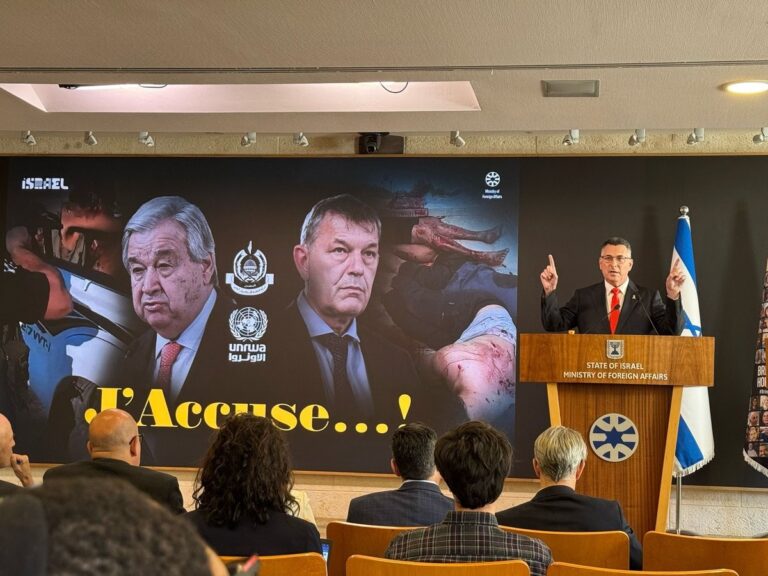
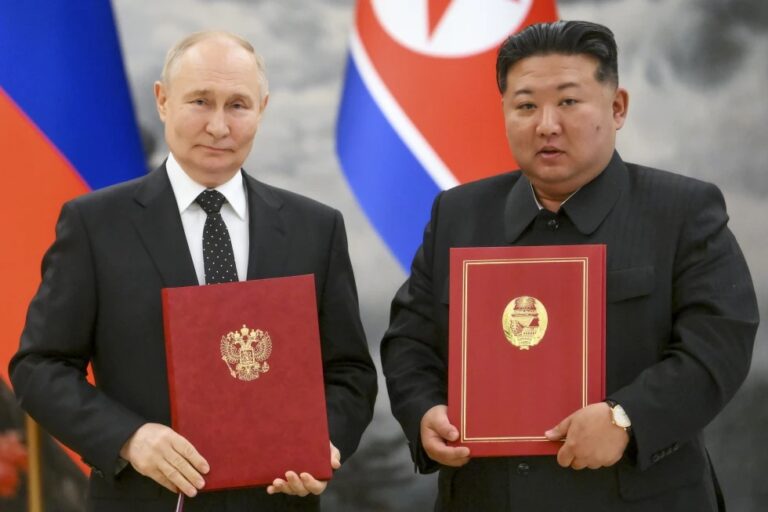
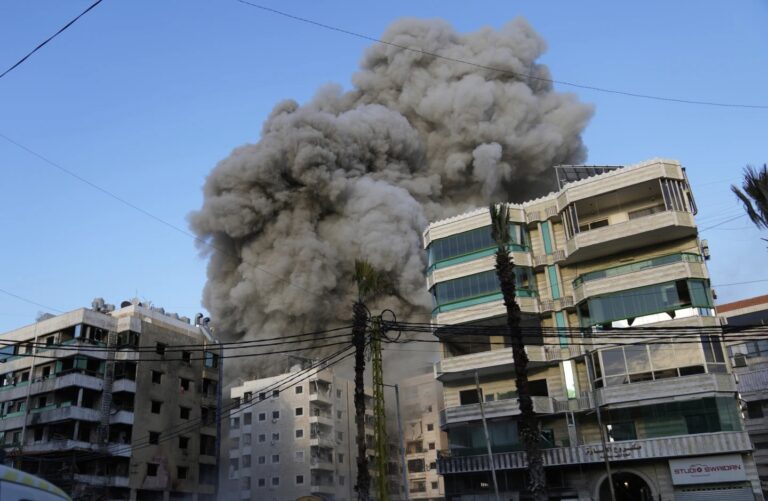
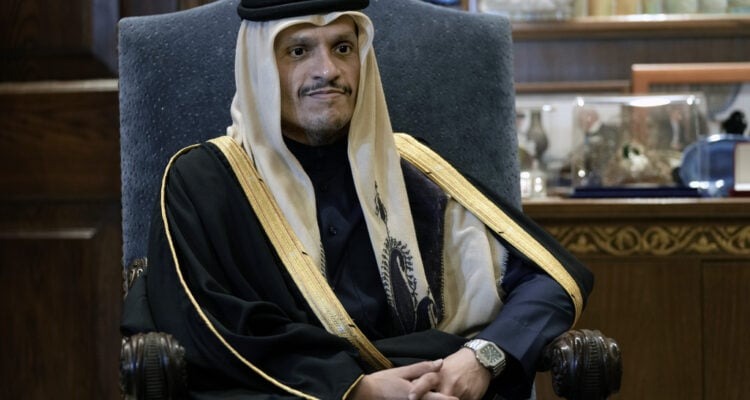
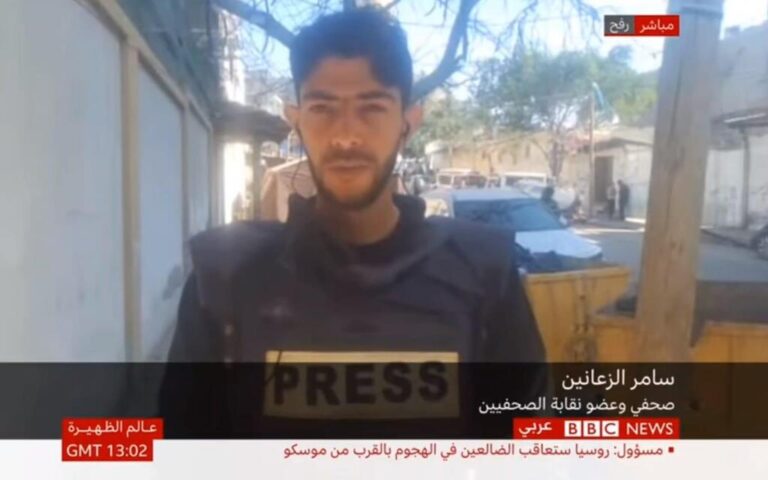
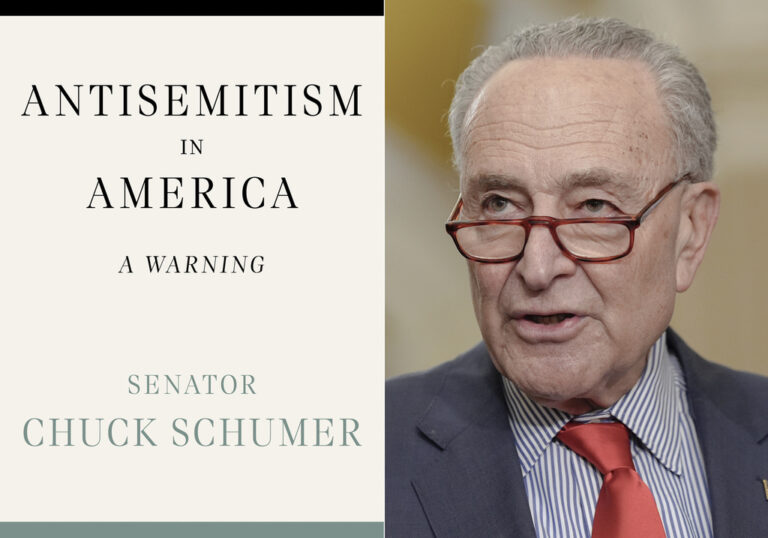
9 Responses
Astonishing!!! The Agudah made a convention about Kiruv and all they talk about is Kollelim!!! What about Ohr Someach, Aish HaTorah, AJOP, Rabbi Yari, JAMM, and all the other Kiruv initiatives?
The kollelim they’re talking about are specifically for outreach. I won’t comment any further because I get censored on here. Apparently, people only like to read comments that are complimentary.
as one who feels himself part of the yeshiva world, i didn’t know most of the people in the pictures. could you please give names to the gedolim in the photos?
A lot of people are afraid of Kiruv, afraid to start a conversation with a neighbor / co-worker. I think the fear is based on a feeling that “I don’t know what I’m doing”.
The kiruv till now was dominated by Baalei Tshuva or people that have a strong connection with the outside world. But it shouldn’t make us think that it’s a necessary ingredient. In a way, if you’re a Yeshivaman or work with frum Jews all day you have a certain advantage for Kiruv…
sharpestnail- 1st of all they talked about a lot more than kollelim
2nd of all – I believe the point was to try and mainstream kiruv into regular “yeshivish” society.In other words we don’t need a agudah convention to be mechazek aish hatorah or JAMM.We need the speeches for an olim that would not normally involve themselves in kiruv.
Hopefully it will work!
Tek,
Read the article and you’ll see where “sharp” is coming from. The whole thrust of the session was Kollelim.
You’re 100 percent right Aish doesnt need, nor did it get, any chizuk from this convention. However,it was a golden opportunity (blown)to inform the baalebatim who were there about the great accomplishments being made by these wonderful organizations, and hopefully to get the baalebatim to support them.
BTW, Aish has already launched a program to involve the oilam that wouldn’t normally involve themselves in kiruv. I guess the Agudah didn’t know about it.
Its not that Aish or any other Kiruv organizations needs chizuk, its that they need partners.
A ton of people are interested in doign kiruv but after their interest is piqued its like: “okay what do I do?” There is a ton of stuff for you to do!! Call Aish they need partners!! They need people to help them. I guess its somewhat of an accomplishment to even talk about kiruv at the Agudah convention as it seems the Torah world is finally coming to terms with what is happening, but I wish they would have included some kind of plan of action.
There is a MAJOR PROBLEM, many many communities need and want an outreach kollel. The PROBLEM is in these outofreach communities there is no ASKAN looking to fund it (or bring in his daughter or son to run it), and the KOLLEL has no interest in being established there since the only school is a coed preschool and dayschool, with a maybe 3x a day minyan in the community shul. OUT REACH takes mesirus nefesh and the strong foundation ofemunah living in an area that is not what u are used to.
sephardicpride:
You want a plan of action?
I recently attended the vort of friends who are Ba’alei T’shuva. I congratulated and shmoozed with some of the not-yet-frum relatives (Plan 1), and these were some of their remarks:
“Look how the bride conducts herself- she barely speaks to the men; not even a handshake!” (This came from an aunt of the chosson who expressed her happiness for her nephew that he has such a modest bride.) (plan 2: dress and behave with tznius)
“I heard that the bride wasn’t allowed to lift a finger to prepare the food and decor for this party, and look what a beautiful job her friends did; the setup is so elegant!” (plan 3: be a friend)
(plan 4: empathy)
“Everyone’s so happy for the couple; look how those men are dancing and lifting him on a chair! It’s as if they’re one family.”
They are- and you’re part of it!